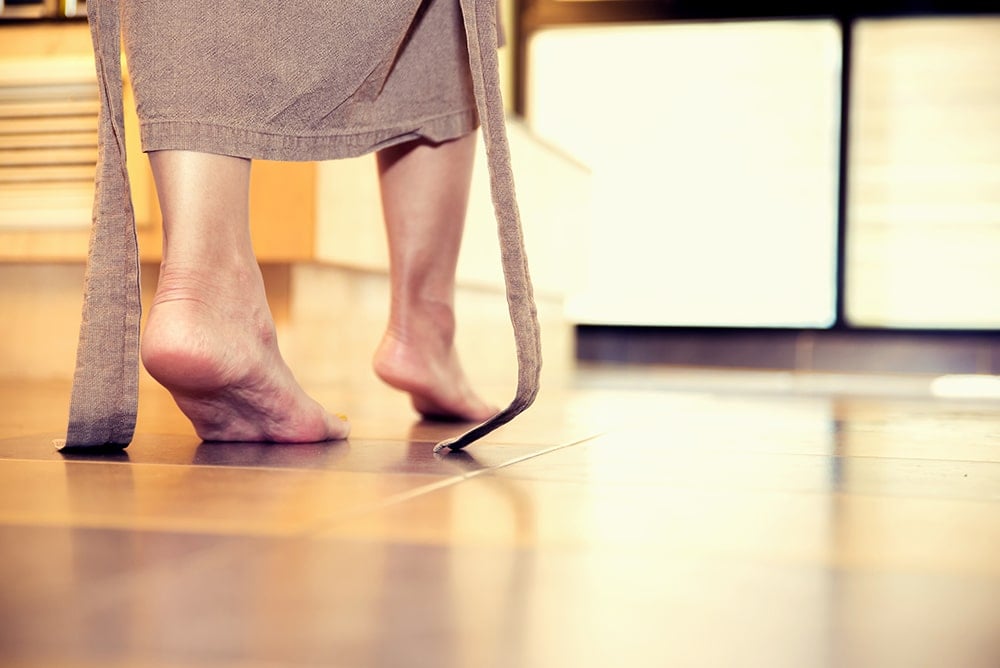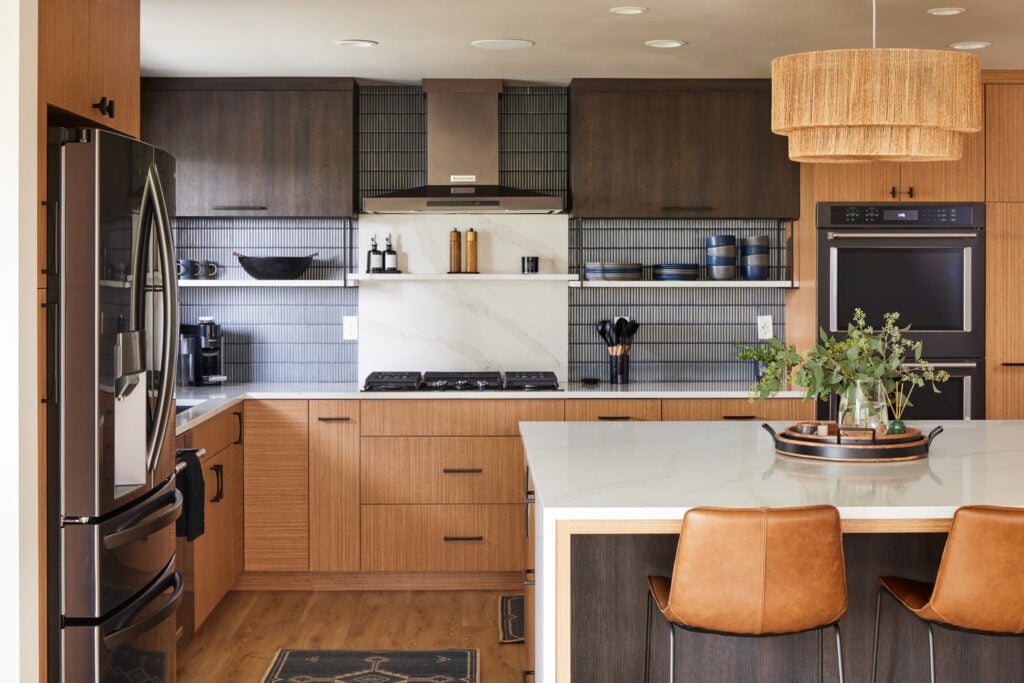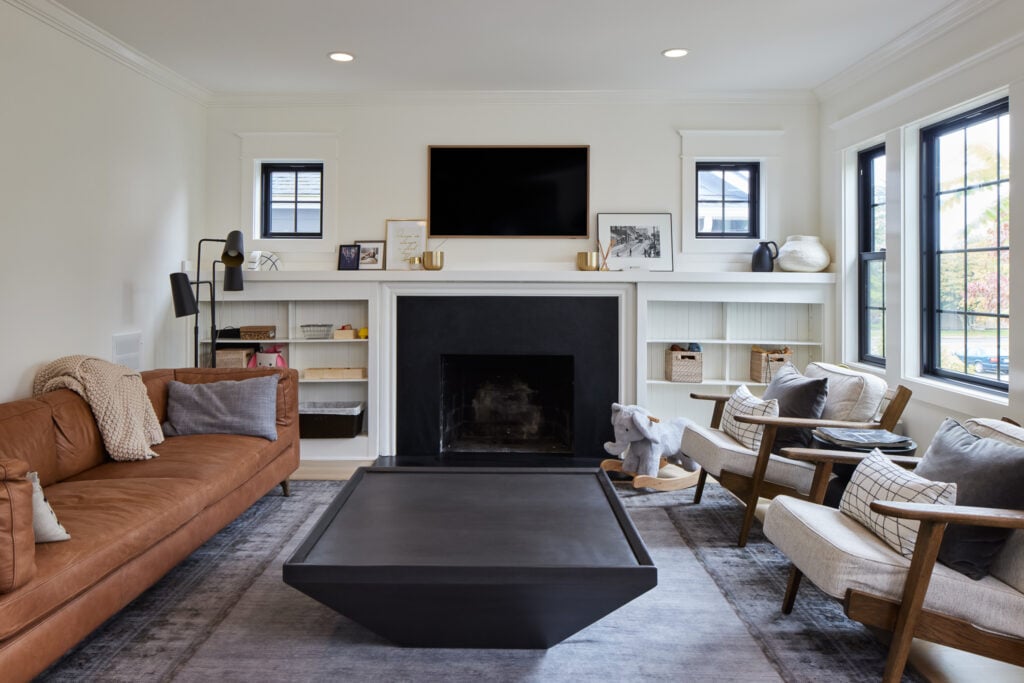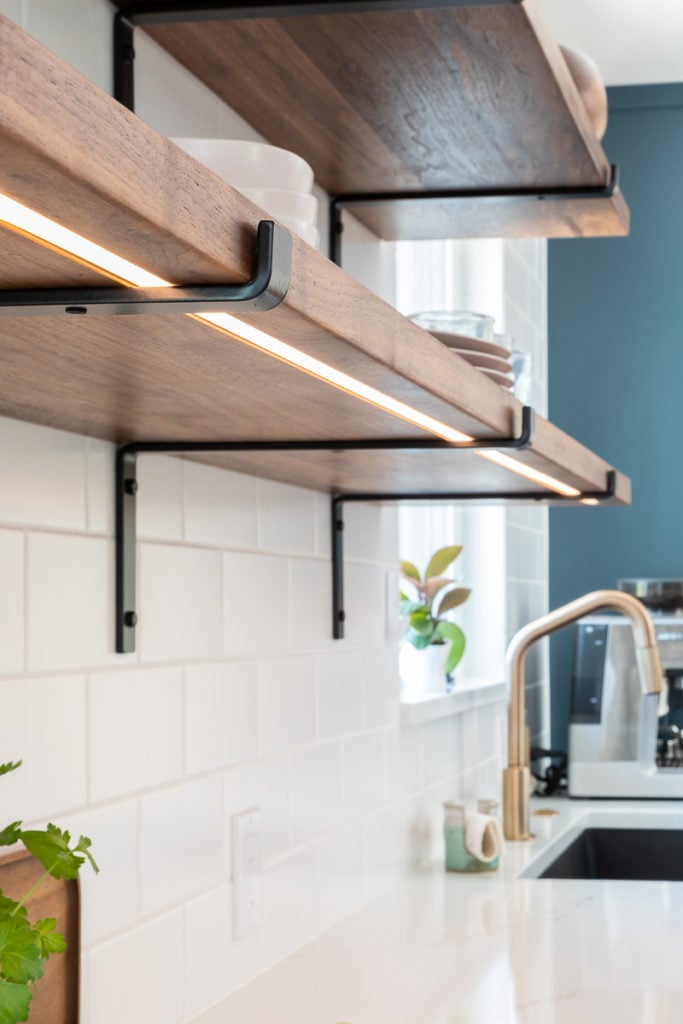In certain rooms, absolutely! If you’ve ever felt the warmth of a heated floor on a cold, rainy Seattle day, then you know it makes all the difference for your general comfort level. Warmth in your feet can significantly increase your overall feeling of being warm, since extremities are often the coldest parts of our bodies.
If you’ve never experienced heated floors, it’s akin to a hot cup of tea when you come in from the cold. There are few people who wouldn’t appreciate a bit of added warmth in their home, especially when they learn that heated floors are relatively energy efficient!
Heated Floors Are Perfect for Bathrooms, Mudrooms, Basements & More
You can heat your entire home with radiant floor heating, or choose to use it as supplemental heating in one or two rooms. For most homeowners, we recommend the latter. The most common rooms to install heated floors in are bathrooms, mudrooms and basements, though they can be installed anywhere. Whether it’s flooring material, positioning next to a door or a below-grade location, these rooms typically aren’t as cozy as others. While tile or concrete is often the natural choice for these locations, because it’s easy to clean, those materials are good conductors of heat. This is the tricky part: being a good conductor of heat isn’t always a good thing. Good conductors easily absorb your body heat, making you feel cooler. Carpet and wood on the other hand are poor conductors of heat, and therefore feel warmer on your feet. To combat the cool feeling of tile and concrete, especially in rooms where you walk with bare feet, many homeowners choose to install radiant floor heating and we think it’s well worth the expense.
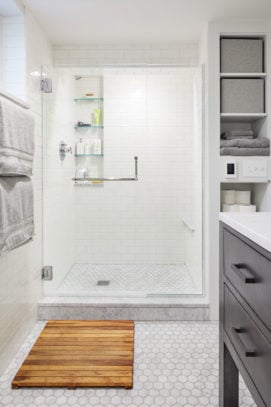
If you often feel cold at home it could be due to poor insulation in the walls, but many times it’s due to an inefficient heating system. The best way to understand how heated floors are so effective, is to understand how conventional heating falls short. Conventional forced-air heating systems blow warm air into your home through vents, where it immediately rises. The second floor of these homes often feel much warmer than the first and the areas of a room nearest to the vent locations feel warmer, while others have “cold spots.” Conversely, radiant floor heating covers the span of the room and heats the floor surface, ensuring a more thorough and even distribution of heat. Heat rises from everywhere in the room.
Both tile and concrete hold heat well and withstand higher temperatures than other flooring materials, making them the perfect match for radiant heating. They will retain the heat even after the system is turned off, therefore using less energy than, say, a space heater, to heat the room longer. The electric version can take the energy-efficiency one step further, if you’re powering your house with solar!
You should consider adding heated floors during a remodel or build-out of a new space. The cost for a single room is fairly low, but it can be expensive and difficult—if not impossible—to install them retroactively. When your floors are being ripped up is precisely when you should consider heating them. To choose the system that works best for your needs and budget, you need to understand how they work and what the options are.
Heated floors are known in the building industry by two synonymous terms: “radiant floor heating” and “underfloor heating.” They work by transferring heat through the floors using electrical cables or tubes of hot water, a.k.a. hydronic. They are typically installed on top of the underlayment (electrical) or just below the subfloor (hydronic), in a precise pattern so that every inch and corner of the floor has an even heat distribution. Either method looks like a maze underneath your floor, but it’s simply a network of cables or tubes that you can control via a programmable thermostat.
Electric Heated Floors
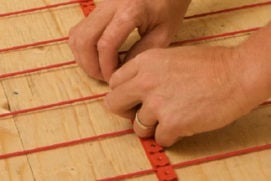
Electric systems are the most common, and more affordable, choice for small spaces or single room applications. They are best for remodels because they are thin, and won’t add much height to the floor. Small heating cables are snaked across the floor in a snaking pattern or via a pre-manufactured mat, depending on the level of customization you need. The tile installer or flooring specialist will be able to install the heating system as well, but you should plan for the additional cost of a certified electrician to hook up the system to your power supply. In total, adding floor heating to a small bathroom can cost as little as $1,500. It’s a relatively minor investment when you consider the overall cost of a bathroom remodel in Seattle can be upwards of $50,000.
Hydronic Heated Floors
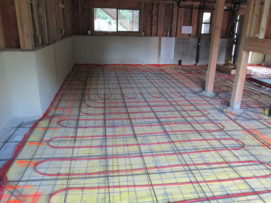
Hydronic systems are normally recommended for larger applications—such as a whole house or a full basement—due to the lower operational costs after the initial investment. Larger systems could cost well over $50,000, but are very energy efficient over their lifetime. If your home is especially large, has a lot of windows or very tall ceilings, hydronic heating may not suffice. These systems are most often installed during initial construction, whole house remodels or basement finishing projects because they go deeper under the floor and require more height for the tubing. Installing them in a remodel could cause that room to be half an inch or more higher than the adjacent room. So if you’re building a new home, be sure to consider adding heated floors in the basement or main level of your home.
So, are heated floors worth it? At the end of the day, heated floors are all about preference. If you run cold, the simple joy of warm feet is worth the relatively low cost for an electric system. You’ll especially love it with tile or concrete floors. If you’re embarking on a remodel soon, make sure you ask your contractor about your radiant floor heating options. For a feature you’ll use daily most of the year, this little luxury goes a long way. Visit our portfolio for more examples of basements and bathrooms with heated floors.

